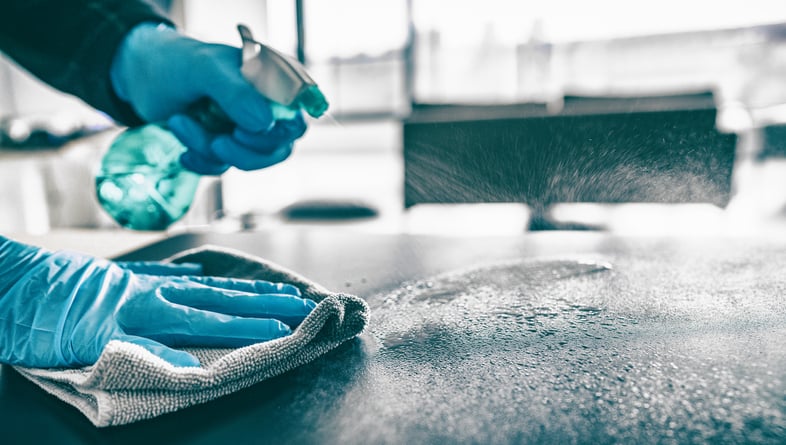Water damage is a homeowner’s worst nightmare because it can happen quickly and cause havoc with belongings and property. Water intrusion might lead to serious damage and inconvenience, regardless of the source of the damage—a busted pipeline, a leaking roof, or a natural calamity like a flood. To minimize losses and return their houses to a safe and livable state, homeowners must grasp the fundamentals of water damage restoration.
Types Of Water Damage
There are several ways that water damage can happen, and each one poses different difficulties for restoration experts. There are three primary categories of water damage:
- Clean Water Damage (Category 1): This type of water damage involves clean, uncontaminated water from sources such as broken pipes, overflowing sinks, or rainwater. Clean water may not be immediately harmful, but it can still do a lot of harm if nothing is done about it.
- Gray Water Damage (Category 2): There are toxins in gray water that could get you sick if you drink it. This includes water from appliances like washing machines, dishwashers, or sump pumps. Prompt action is necessary to prevent the growth of harmful microorganisms.
- Black Water Damage (Category 3): Black water is highly contaminated and poses significant health risks. It often contains sewage, chemicals, or harmful bacteria from sources such as toilet backups, sewer backups, or floodwaters. Specialized equipment and protective gear are required to safely mitigate black water damage.
The Water Damage Restoration Process
Restoring a home after water damage requires a methodical strategy to extract standing water, dry out damaged parts, and return it to its condition before the loss. The main procedures for restoration are as follows:
- Assessment And Inspection: The initial step in the restoration process is to determine how much water damage has occurred and where the water entered the building. All impacted surfaces, including walls, floors, and ceilings, as well as any supporting structural elements, must be examined meticulously.
- Water Extraction: Using strong pumps, vacuums, and extraction equipment, the property will then be cleared of standing water and excess moisture. This speeds up the drying process and helps stop more damage.
- Drying And Dehumidification: Following the removal of surplus water, dehumidifiers, and air movers are positioned in such a way as to draw moisture out of the air and surfaces. To avoid structural damage and mold growth, this step is essential.
- Cleaning And Sanitization: After drying, affected surfaces and belongings are thoroughly cleaned and sanitized to remove any remaining contaminants. This helps prevent mold and bacteria growth and ensures a safe living environment.
- Restoration And Repairs: Restoration and repair to the property’s pre-damage condition is the last step. Restoration of personal possessions and furniture, as well as structural repairs and material replacement, may be required.
Importance Of Timely Action
Time is of the essence when it comes to water damage restoration. Delaying cleanup and restoration efforts can lead to further damage, mold growth, and increased repair costs. Acting quickly can help minimize loss and expedite the restoration process.
DIY Vs. Professional Restoration
While minor water damage incidents may be manageable with DIY efforts, larger and more severe cases require the expertise of professional restoration companies. Only trained restoration experts with access to specialized equipment can safely and efficiently deal with water damage.
Insurance Coverage
Water damage from unexpected and unanticipated sources, like appliance leaks or burst pipes, is usually covered by homeowners’ insurance. Nevertheless, the policy’s details and the nature of the damage might affect the extent to which it pays out. Homeowners need to familiarize themselves with their insurance policies and know what to do in the case of water damage.
Conclusion
Repairing water damage is an intricate process that calls for forethought, quick thinking, and trained professionals. Homeowners can better handle water damage and lessen its impact on their lives and homes if they are familiar with the fundamentals of water damage restoration and what to anticipate. Always respond quickly in the event of water damage for the best chance of a successful restoration.



